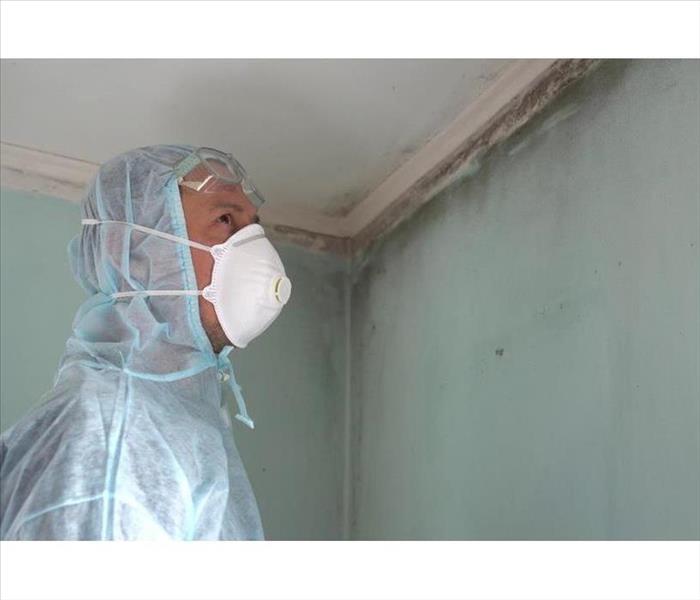Mold Inspection Before Buying a Building
8/4/2022 (Permalink)
Mold Inspection
Before purchasing a building, buyers typically have it inspected. This alerts the buyer of any structural damage or other problems that can impact the decision to buy the property or the price they are willing to pay. During this process, a mold inspection can be conducted to determine if the building has a mold problem.
Where to Look
Mold can be found in many different locations within a building:
- Air ducts or HVAC systems
- Basements or other areas that have experienced flooding
- Bathrooms
- Kitchens
- Ceiling tiles
- Near leaking pipes
While the buyer may be able to spot visible mold on their own, a professional building inspector will be able to identify more subtle signs and check the area more thoroughly.
High-Risk Buildings
Some buildings have a higher risk of mold presence than others. If the building you are considering purchasing has a high risk of mold, you should definitely have a mold inspection performed before buying it.
Mold grows in warm, moist environments. Buildings that have experienced flooding, leaking pipes or sewage backup should be considered high risk. Humidity should also be considered. Very humid climates allow moisture to accumulate in buildings, leading to mold growth. When deciding if you want the building inspector to check for mold, keep these high-risk factors in mind.
Hazards
A building with a mold problem poses significant risks that must be addressed immediately. Mold can damage building materials, such as wood, and threaten the structural integrity of the building. If this is the case, a mold remediation service in Lakeland, MN, should remove the mold and repair any damage immediately. They should also treat the area with a disinfectant to prevent the spread of harmful toxins.
Conducting a mold inspection before purchasing a building can save you a lot of money in repairs later on. Discovering a mold problem early helps ensure the safety of the building and its inhabitants.






 24/7 Emergency Service
24/7 Emergency Service
